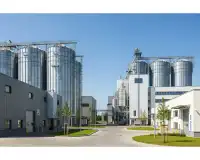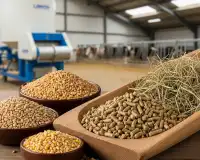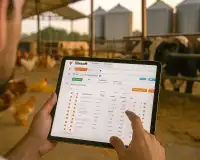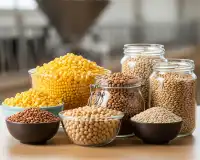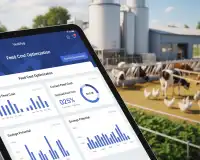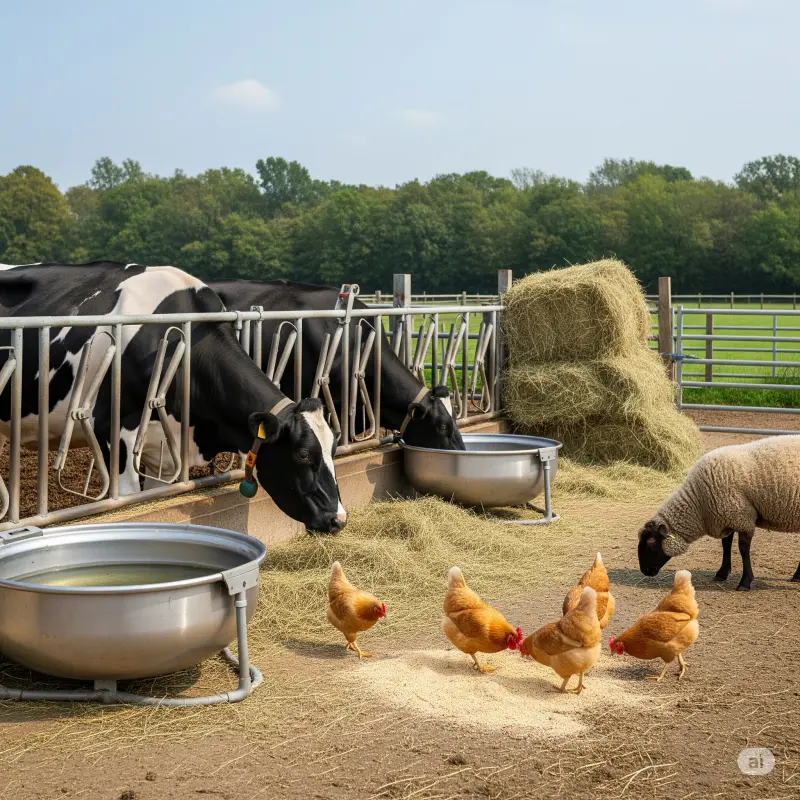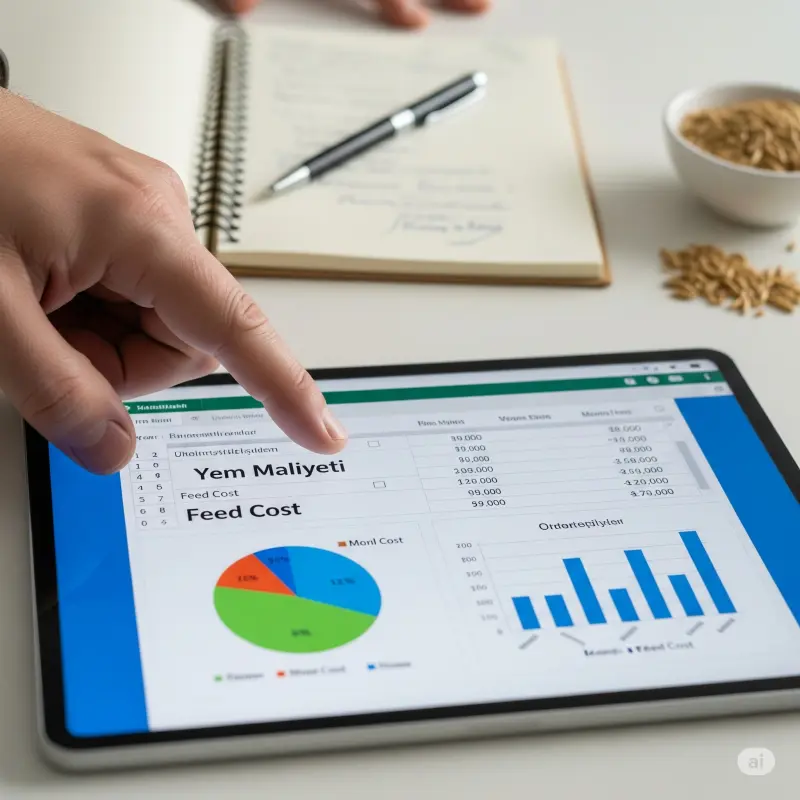Small Ruminant Feeding Guide for Beginners
Proper feeding is crucial in small ruminant (sheep, goat) farming. In this comprehensive guide, learn about the nutritional needs of small ruminants, common feed raw materials, and ration formulation techniques. Tips for healthy and productive herds!
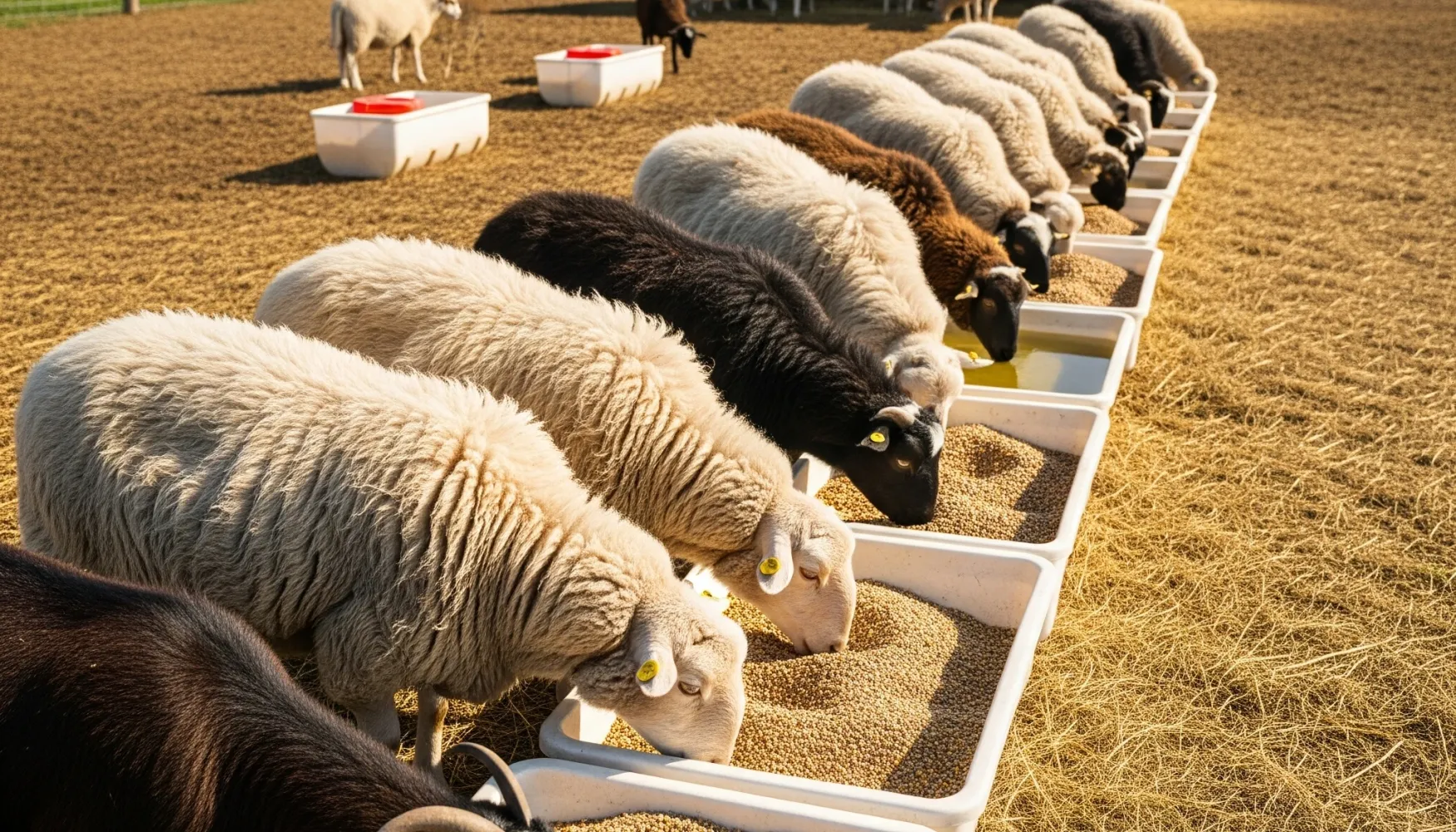
Small ruminant farming, especially in rural areas, is an important livelihood and can be quite productive when implemented correctly. The foundation of this business is **proper feeding**. Although it may seem complex for beginners, once you understand the nutritional principles of small ruminants (sheep, goats), you can improve your animals' health and increase their productivity. In this guide, we will simply cover the basic steps and tips for small ruminant feeding.
Why Is Small Ruminant Feeding So Important?
Proper feeding is vital for your small ruminants:
Healthy Growth and Development: Balanced nutrition is essential for the rapid and healthy growth of young animals like lambs and kids.
High Yield: Ensures achieving targeted quality and quantity in meat, milk, and wool production.
Disease Resistance: Increases resistance to diseases by ensuring they receive the necessary nutrients for a strong immune system.
Reproductive Success: Plays a critical role in regular estrus, easy pregnancy, and healthy offspring birth in female animals. It also supports reproductive performance in males.
Cost-Effectiveness: Proper feed utilization reduces waste and optimizes feed costs, increasing profitability.
Nutrient Requirements of Small Ruminants: Basic Building Blocks
Small ruminants, like large ruminants, are herbivorous (ruminant) animals, but their nutritional needs vary according to species, age, live weight, production level (lactating, pregnant, growing), and environmental conditions. The main nutrient groups are:
Energy: The fuel required for all vital activities (body temperature, movement, digestion) and production (growth, milk, meat, wool) of the animal.
**Sources:** Grains like barley, corn; molasses; quality roughages.
Protein: The basic building block for the formation of muscle, wool, milk, and body tissues, and for the synthesis of regulatory substances like enzymes and hormones.
**Sources:** Protein-rich feeds like soybean meal, sunflower meal; legume hays (alfalfa, vetch).
Fiber (Roughage): Indispensable for healthy rumen function, digestion regulation, and feeling of fullness. Roughages should constitute a large part of small ruminant rations.
**Sources:** Dry hay (meadow, alfalfa, vetch), straw, silage (corn, vetch).
Vitamins: Critically important, even in very small amounts, for regulating metabolic processes, the immune system, and overall health.
**Sources:** Usually supplemented with special vitamin premixes. Vitamins A, D, E are particularly important.
Minerals: Necessary for bone structure, nervous system, blood formation, and the function of many enzymes. They are divided into macro minerals (Calcium, Phosphorus, Sodium, Magnesium, Potassium) and trace minerals (Copper, Zinc, Selenium, Iodine, Cobalt, Manganese).
**Sources:** Mineral blocks (salt licks), calcium carbonate, dicalcium phosphate, special mineral mixtures (premixes).
Water: The most basic nutrient and vital for animal health. It plays a role in many functions such as regulating body temperature, transporting nutrients, and excreting waste products. Always provide free access to clean and fresh water.
Ration Formulation: Finding the Right Mix
One of the most important points in small ruminant feeding is **ration formulation**. It is important to combine different feed raw materials in the right proportions according to the animal's needs.
Commonly Used Small Ruminant Feed Raw Materials:
Raw Material | Main Nutritional Value | Characteristics / Purpose of Use |
|---|---|---|
Roughages | ||
Dry Hay (Meadow, Alfalfa) | Fiber, Energy, Protein | Regulates digestion, basic nutrient source, filling. |
Straw (Wheat, Barley) | High Fiber, Low Energy | Important for rumen health, provides feeling of fullness. |
Corn Silage | Energy, Fiber | Provides high energy, stimulates appetite, especially used in winter. |
Concentrate Feeds (Energy Sources) | ||
Barley | Energy, Fiber | Most common energy source, palatable and easily digestible. |
Corn Grain | High Energy | Provides quick energy, ideal for fattening and milk yield. |
Concentrate Feeds (Protein Sources) | ||
Soybean Meal | Very High Protein | Critical for offspring development, milk and meat production. |
Sunflower Meal | Protein, Fiber | Alternative to soy, high fiber content. |
Minerals and Vitamins | ||
Small Ruminant Premix | Various Vitamins and Trace Minerals | Essential for general health, immunity, and productivity. |
Feed Salt (NaCl) | Sodium, Chlorine | Appetite stimulant, important for electrolyte balance. |
Salt Licks | Various Minerals | Allows animals to meet their mineral deficiencies according to their own needs. |
Things to Consider When Formulating a Ration and Feeding:
Expert Consultation: Initially, getting support from a veterinarian or animal nutrition specialist (agricultural engineer) is very important for determining correct rations and preventing potential errors.
Animal's Condition: Adjust your feeding program specifically to the animal's age, sex, live weight, physiological status (growing, pregnant, lactating, dry), and production goal (meat, milk, wool).
Gradual Transition: **Always make feed or ration changes slowly and gradually**. Sudden changes can lead to digestive disorders (acidosis, bloat, etc.) and stress. Generally, transitioning to new feed should take 7-10 days.
Feed Quality and Storage: Ensure that all feed raw materials and ready feeds you use are **fresh, dry, mold-free, and clean**. Store feeds in a moisture-free, cool, airy place away from rodents.
Water Supply: Provide **unlimited access** to clean and fresh water. Water quality and quantity directly affect feed utilization rate and animal health. Ensure water does not freeze in winter and does not get too hot in summer.
Feeder and Waterer Cleanliness: Regularly cleaning feeders and waterers prevents the spread of diseases and encourages feed consumption.
Individual Observation: Observe your animals regularly after feeding. Their appetite, vitality, stool consistency, coat shine, and general behavior provide important clues about the effectiveness of your feeding program. Review the ration or consult an expert if there is any negativity.
Parasite Control: Internal and external parasites significantly reduce animals' benefit from feed. Implementing regular parasite control programs increases feeding effectiveness.
Small ruminant feeding is a process that requires knowledge and attention. By applying these basic principles, you can ensure your animals live a healthy, productive, and happy life, and contribute to the success of your business. Remember, healthy herds are the key to a profitable future.

